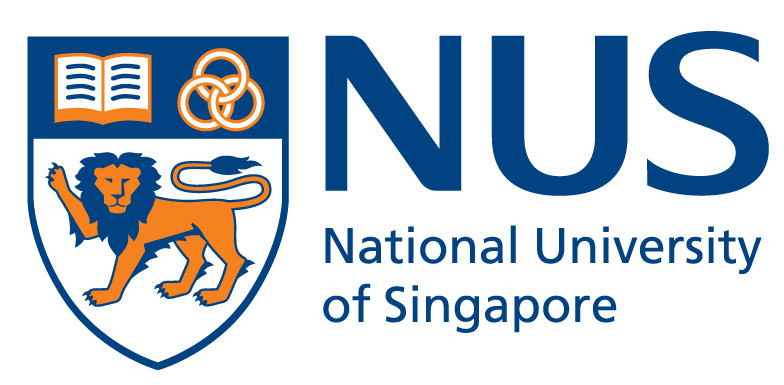Targeting the Transporter
Published: 15 Feb 2024
 [From left to right] The research team from the Immunology Translational Research Programme, comprising Dr Nguyen Nam Long, Ms Nancy Leong Chiew Phing, Ms Ha Thi Thuy Hoa, and Ms Zhang Yu, spearheaded this study of analysing and targeting the SPNS2 protein, a transporter that carries signalling molecules to immune cells to trigger inflammatory responses.
[From left to right] The research team from the Immunology Translational Research Programme, comprising Dr Nguyen Nam Long, Ms Nancy Leong Chiew Phing, Ms Ha Thi Thuy Hoa, and Ms Zhang Yu, spearheaded this study of analysing and targeting the SPNS2 protein, a transporter that carries signalling molecules to immune cells to trigger inflammatory responses.
When an enemy invades, defenders are ferried to the site to neutralise the marauders. In the human body, a protein carrier called SPNS2 transports S1P molecules from endothelial cells to rally immune cell response in infected organs and tissues.
Using specially-developed nanobodies that bind to SPNS2 and enlarge the entire structure, the enlarged SPNS2 structure allows the S1P molecules to be viewed via cryogenic electron microscopy. Scientists from the Immunology Translational Research Programme at the Yong Loo Lin School of Medicine, National University of Singapore (NUS Medicine) and their partners at the Harbin Institute of Technology, China, have analysed the structure of the SPNS2 protein at an atomic level that could provide greater insights into how S1P signalling molecules are released to communicate with the immune cells to regulate inflammatory responses.

The team developed different structures of the SPNS2 proteins to analyse which type of structure allows S1P signalling molecules to be released more efficiently and effectively.
The SPNS2 protein allows the binding of the S1P signalling molecules to trigger the immune cells to leave the lymph nodes and induce inflammation in different parts of the body when needed. Made up of amino acids, the SPNS2 protein is malleable enough to change its shape and structure to release the S1P signalling molecules through small cavities found within the protein.
Through the discovery of how the SPNS2 protein releases S1P molecules, the SPNS2 structure can be exploited for future drug development. Similar to discovering how the shape of the lock looks like before the key can be designed, this finding sheds more light into how future drugs can be designed to better target the protein to increase drug efficacy.
This finding builds on previous research which found that deleting SPNS2 protein from a pre-clinical model effectively blocks the S1P signalling pathway so that the S1P signalling molecules are unable to be transported to prompt immune cells to leave the lymph node to induce inflammation. Both SPNS2 protein and S1P signalling molecule are required for immune cell recruitment to inflammatory organs, which goes towards treating various inflammatory diseases.
The paper was published in Cell Research in December 2023.
Read the media release here.

 [From left to right] The research team from the Immunology Translational Research Programme, comprising Dr Nguyen Nam Long, Ms Nancy Leong Chiew Phing, Ms Ha Thi Thuy Hoa, and Ms Zhang Yu, spearheaded this study of analysing and targeting the SPNS2 protein, a transporter that carries signalling molecules to immune cells to trigger inflammatory responses.
[From left to right] The research team from the Immunology Translational Research Programme, comprising Dr Nguyen Nam Long, Ms Nancy Leong Chiew Phing, Ms Ha Thi Thuy Hoa, and Ms Zhang Yu, spearheaded this study of analysing and targeting the SPNS2 protein, a transporter that carries signalling molecules to immune cells to trigger inflammatory responses.